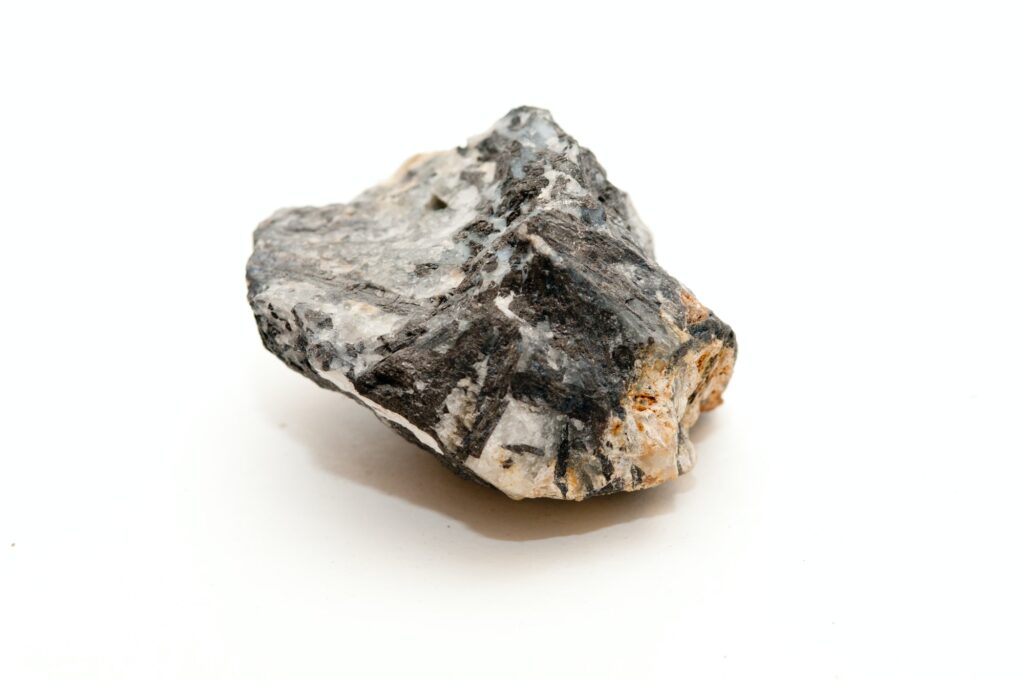Etymologically, Antimony is derived from the Greek word “anti-monos”, meaning “a metal that does not exist on its own”. The symbol for this metal comes from stibnite, the mineral in which it occurs naturally.
In 3100 BC, minerals containing Antimony were found. During this period, Antimony-containing minerals were used to apply kohl to the eyes, taking advantage of its coloring properties. It was discovered during archaeological excavations in Egypt that a vase dating back to 3000 BC was coated with antimony. A 5000-year-old vase exhibited in the Louvre Museum also contains Antimony. However, the discovery of antimony as a substance dates back to the 16th century.
The first paper on the chemical properties of antimony was published in 1540 by the Italian metallurgist Vannoccio Biringuccio. In 1604, the German monk and alchemist Basil Valentino wrote an alchemical book about its poisonous properties. In 1707, the French chemist Nicolas Lemery published a book containing extensive information on Antimony and its compounds, providing the first scientific description of Antimony. This work is considered an important source for a more detailed study of the chemical properties of Antimony.

